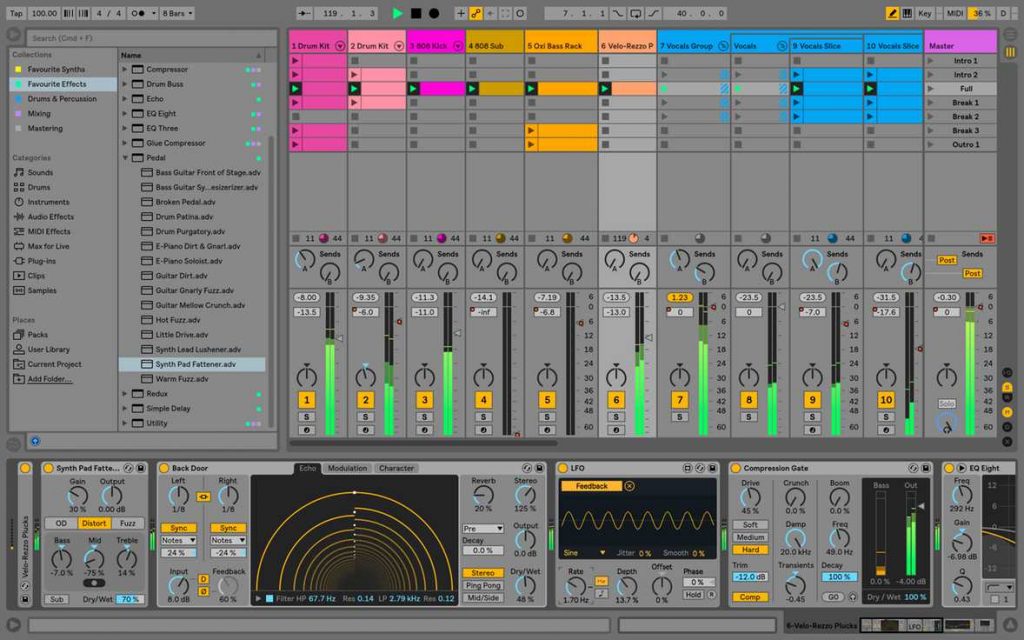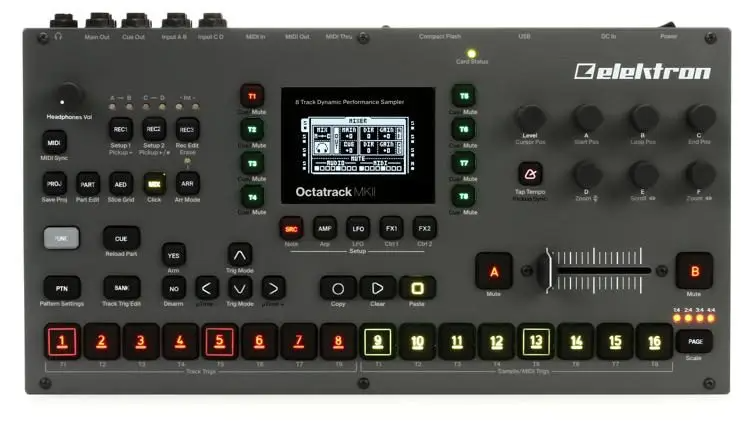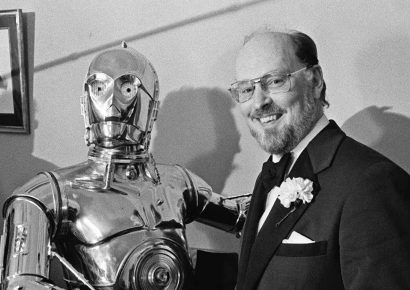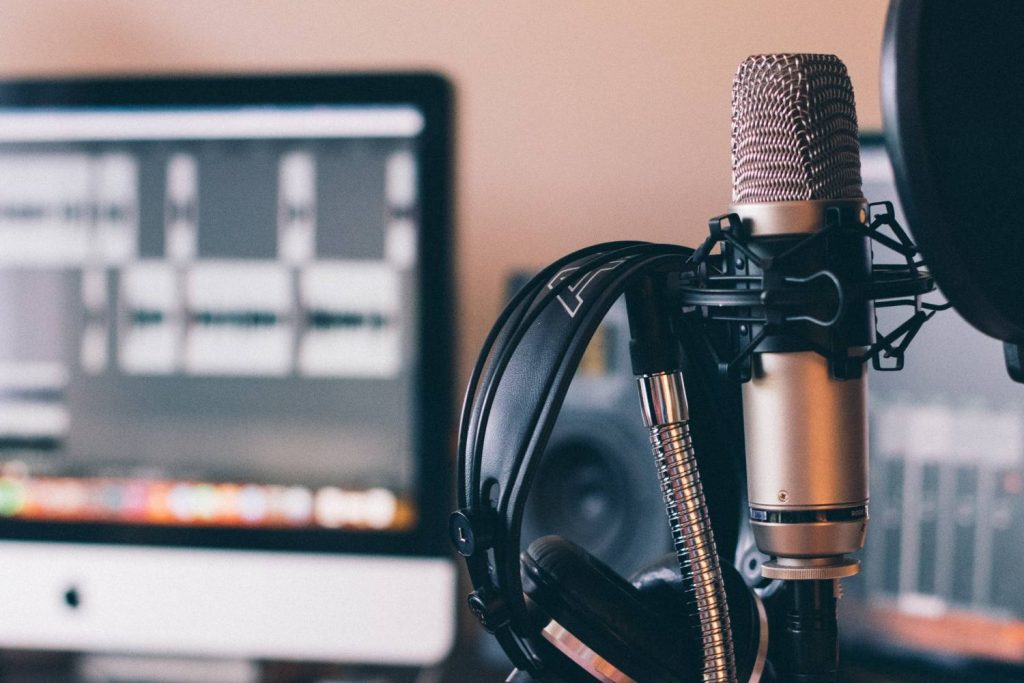To DAW, or not to DAW?
Performing electronic music live can be a confusing concept. Traditionally, the performers of electronic music are DJs who mix, blend, and combine existing pre-recorded songs together. Yet, many are unfamiliar with the concept of live electronic music performances.
DJing is great, and serves a critical purpose within the electronic music landscape, but for some, and especially those who come from a more traditional, instrument-based background, playing in bands and with friends on stage, DJing may not feel interactive enough or not as involved as they are used to.
Read all the latest features, columns and more here.
Some may not know where to start when taking their music from your DAW onto the stage, this will act as a guide, showing you some options and getting your foot in the door.
Although there are endless possibilities when it comes to methods and practices, we can boil it down to two from which you can expand on. These are performing with a DAW and performing DAWless.
With a DAW
Playing with a DAW is probably the most accessible way to get stuck into performing electronic music. Some DAWs have dedicated modes for performances, such as Ableton Live’s session view.
Ableton Live is arguably the most streamlined and accessible way to perform your tracks live. With just a laptop, an audio interface and some sort of MIDI controller, you have all you need to get started.
Ableton comes with a myriad of built-in soft synths and effects to get you started, all of which are very CPU-friendly to avoid overloading your computer. Any decent laptop shouldn’t have a problem running multiple instances of Ableton’s native plugins.

The session view is a clip launching page that allows you to trigger both samples and MIDI clips that you can use to control either internal synth plugins or external hardware.
To do this, it is recommended that you get a MIDI controller, from which you can map how you want each parameter to function. Otherwise there are Ableton specific devices that are made for this purpose, such as the Novation Launchkey and the Akai APC40, which feature a grid of pads that directly correspond to the clips on screen. They have RGB back lit pads to help you identify certain clips, and the ACP40 even has faders and mutes, allowing further control over your performance.

To get sound out of your computer to the sound system, you’ll need an audio interface. No, you cannot use an AUX cable running out of your headphone jack! Along with providing a signal that can be sent to a larger system, it will be of higher sound quality, and depending on what interface you opt for, will allow for expansion of your setup.

Depending on how many inputs your interface has, you can use external gear in combination with your DAW. This could be a guitar, a microphone, synthesiser or anything that outputs to ¼ inch jacks. You can then run that through a channel on Ableton, applying effects which you can manipulate with your MIDI controller.
Depending if the interface has MIDI out, you can even sequence your MIDI-compatible instruments from Ableton, freeing up your hands for other tasks.
DAWless
To some, the idea of playing with a computer onstage can create separation between the performer and audience. But alas, there are options to perform without a laptop or Ableton. There are two ways to go about this.
Firstly, is to have a device that functions as the ‘brain’. This will be a piece of hardware that essentially replaces Ableton, performing many of the same tasks, such as playing samples, sequencing external gear and providing a master clock to keep all the different elements in sync.
A tried and true piece of hardware that fills this gap is the Elektron Octatrack, a hardware sampler with MIDI sequencing capabilities. The Octatrack is a powerful song writing tool that also works equally well as a performance tool. The Octatrack does not generate any sounds on its own, instead it is entirely sample-based, however, it features one of the most robust and feature-packed sequencers on the market today.
As well as sample and MIDI sequencing capabilities, it also has four inputs for external gear, which can be processed though its own effects section, and also eliminates the need for an external mixer. Other options within the same category would be the Akai MPC range. With the newer models such as the MPC Live capable of generating its own sounds with built in soft synths, eliminating the need for additional hardware.

The second option would be to eliminate the ‘brain’ from the setup, and instead have all pieces running individually. For this setup to work, most of your hardware will need its own built-in sequencers, unless you are planning to play these instruments manually. One piece will still need to act as a ‘master’ tempo device, with others following as the ‘slaves’.
If you are running without a ‘brain’ or with one that does not have inputs, you’ll need a mixer to combine and mix the different audio signals into a single output to go to the sound system. Luckily, mixers come in all shapes and sizes, so there will be one that fulfils your needs.

One of the cool things about a live electronic set up, is that there is no correct way to do it. You can make it work with any combination of devices, so long as you’re willing to put in the time to learn each device and what it can offer you. It can be as simple or as complicated as you choose.
To get your hands on the Elektron Octatrack, get in touch with Innovative Music.







